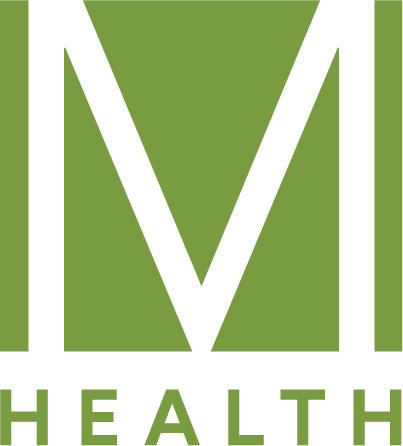Less brand purpose. More brand experience.
US health systems have been producing emotional and purpose-driven marketing campaigns for decades, highlighting their patient-centric missions and moving patient stories.
After an extensive career in consumer packaged-goods marketing, where many brands today are taking a more emotional and purpose-driven approach, Chief Marketing Officer of Piedmont Healthcare, Douwe Bergsma, has taken a different path.
“I came from consumer products, where everybody was talking about functional benefit for the longest time. Then they started adding emotional benefits. And then for the last five or ten years, it had to become more purpose-driven. Then I go to healthcare and everything is purpose-driven. The whole industry is purpose-driven, the people that work [in healthcare] do it because of their purpose, and almost everything was emotionally driven,” Bergsma says.
“So, our need was not to become more purpose-driven or more emotional. Our need was to highlight some of the experience benefit that we were offering – raising the standard to match other industries, such as airlines or hospitality. So, you can find and book a doctor online, check in before you walk in, have all your information conveniently in one place. Those things were relatively new to the industry.”
Instead of focusing on the traditional NPS (net promoter score) as the key metric, Piedmont made the adoption of its digital tools their key measure of success: “Whether people book online, whether they check-in before they walk-in, whether they open a MyChart account, which is literally your account where all your data sits – and all of those metrics are also at a record high,” says Bergsma.
With the growing consumerization of healthcare, we can only expect to see more traditional, functional and emotional benefit-led marketing from health systems, as they address the patient experience challenge.


